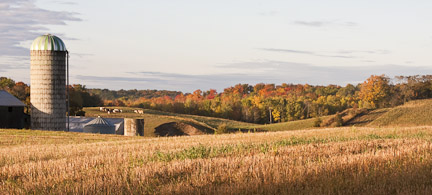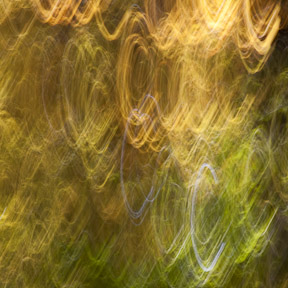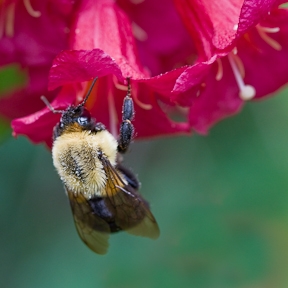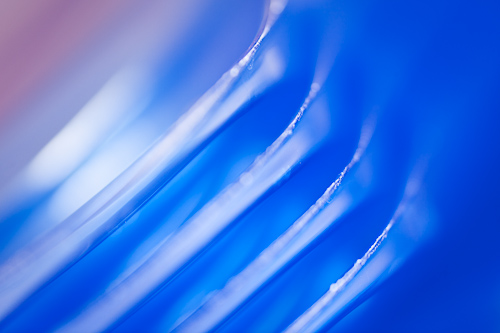Demystify RAW format, noise, DPI, megapixels, full frame or crop sensors, and all that jargon! Learn about basic digital photography to help you understand your camera, and improve your images.
Contents:

© Julie Waterhouse Photography
Is Digital Better than Film?
I know better than to engage in that debate! There are still many photographers who swear by the unique qualities that film brings to their images. Film and digital each have their pros and cons. Before I get into the tips basic digital photography, I’ll share with you what I think are some of the advantages of digital over film.
Freedom to Experiment

Autumn leaves. Experiment a little!
© Julie Waterhouse Photography
Digital photography is by no means “free.” You have the cost of your camera, your computer, memory, hard drives, software, and more! However, that cost is amortized a little differently than the costs associated with film photography. With film photography, every time you click the shutter, it costs you money. That image has to be processed by a Lab, and you pay for it.
With digital photography, once you have paid your up-front costs, there is no “cost per click.” I find that very liberating. I no longer have to worry about how much it’s costing me every time I release the shutter. That encourages me to experiment more with new techniques and styles. I can “try it” just to see what will happen, without feeling like I’m wasting film. Experimentation is the best way I know to learn, so this freedom has had a positive impact on my photography.
Instant Feedback
With film photography, you have to wait to see your results. Sometimes, it will be a week or more between clicking the shutter and seeing the resulting image. In the meantime, I guarantee you’ll forget what you were thinking at the time you took the shot! I’ve tried keeping little notebooks to record the settings I used, but frankly, it wasn’t very effective. For one thing, next time I head out to shoot, the light will likely be different, so my settings will need to be different too.
What I really want is instant feedback. And I can have that with digital! Right there in the field, I can see whether my settings are working, and adjust them if they are not. If I’m not getting enough motion blur, or I don’t have enough depth of field, I can correct the problem there and then. This helps me to make better images, and not “blow” a great photographic opportunity. Getting instant feedback is also an excellent way to learn digital photography for beginners.
Freedom to choose settings on a per-shot basis
In the days of film (Yes, I talk about them like they are over! For me, they are!), certain choices you made had to last for an entire roll of film. For example, you chose your ISO setting through your selection of film, for example, Agfa Ultra 50 (with an ISO rating of 50), or Fuji Superia 400 (with an ISO rating of 400). You were then stuck with your choice for 24 or 36 exposures. Many photographers kept two bodies around, each loaded with a different film speed, so that they had some choice.
One of the pluses in basic digital photography is that today, with digital, you have the freedom to switch your ISO setting on a per-image basis, which gives you complete flexibility.
Similarly, you can switch your white balance on a per-image basis, rather than being locked in to an entire roll of tungsten film, for example.
The Story of My Switch to Digital
A drop of water. Really, that was all!
About four years ago, I was on a photo shoot in beautiful Deer Isle, Maine, USA. I came back into my motel room with an armload of stuff from the car, including my film camera, and a bottle of water (you can already guess where this is going!). I dumped everything onto the bed. Moments later, I heard my film spontaneously rewind. Uh-oh.
When I went to investigate, I discovered that my water bottle had leaked, and my camera was sitting in a pool of about 3mm of water. That was it – just 3mm. Unfortunately, the water leaked into the battery housing, and fried all my electronic circuitry. When I got home, the repair shop quoted me an amount to fix it that was equivalent to a new camera. My insurance company didn’t quibble; they told me to replace the camera. I, once a staunch purist who shot only slide film, took it as a sign that it was time to make the switch to digital.
I have never looked back!
Now, I’m ready to share with you some of my tips for basic digital photography.
Basic Digital Photography
Basic digital photography starts with understanding your camera. Do you need a DSLR (what is a DSLR, anyway)? How many megapixels are enough? What is a sensor? What does “full frame” mean? I try to answer these digital photography for beginners questions for you in this section.
Digital Camera Basics: Understand the differences between a DSLR and a compact point and shoot digital camera, and which one is right for you.
What is a pixel, anyway? How many megapixels do you need? Learn about pixels, resolution, color depth and more.
Learn some more digital camera basics to find out what a sensor is. Understand the difference between a cropped sensor and a full-frame sensor. How do you know which one is right for you? Find out more about crop factors.

Digital Photography Basics
© Julie Waterhouse Photography
Next in our overview of basic digital photography come a few pointers on aspects unique to the digital world — everything from noise to sensor dust.
Digital Photography Basics: Noise isn’t just something your teenagers make! It can also show up in your digital photographs.
Find out the pros and cons of RAW vs JPEG. Which format should you shoot in? Learn about both file formats, and which is best for you.
Sensor dust can spoil your images and cost you time in post-processing. Learn about camera sensor cleaning, and keeping it clean. This is one of the more practical tips for taking digital photography.
Finally, take a peek inside my camera bag, and find out what tools I use.
In these informal reviews of professional photography equipment, I share my thoughts on the gear I use, from my camera to the bag I carry it in. You might find some ideas for new photography toys you want!

Ziploc storage container lids
© Julie Waterhouse Photography
Hope you enjoyed those basic digital photography tips!
Next, you may want to read some tips for taking digital photography to learn about histograms, resizing photos, a simple digital photo workflow and much more. Also, check out the blog from Nate Torres for more photography tips.